If you are interested in cooperation, please contact us immediately, we will give you feedback as soon as possible!
![]() Whatsapp : +8613963585512
Whatsapp : +8613963585512
![]() Email : [email protected]
Email : [email protected]
| Item | Details |
|---|---|
| Model NO. | Plate |
| Material | Brass |
| Shape | Plate |
| Alloy | Non-alloy |
| Color | Yellow |
| Standard | ASTM |
| Surface | Bright |
| MOQ | 100kg |
| Certification | ISO, RoHS, Ibr |
| Price Term | Fob, CIF, Ex-Work, Fca |
| Grade | Bronze/ Copper/ Brass |
| Processing Service | Bending, Welding, Cutting, Punching, Decoiling |
| Delivery Time | 7-15 Days |
| Cu (Min) | 99.9% |
| Conductivity | 19%-23% Iacs |
| Supply Ability | 1000 Ton/Tons Per Month |
| Transport Package | Standard Export Package |
| Specification | As Customers′ request |
| Origin | China |
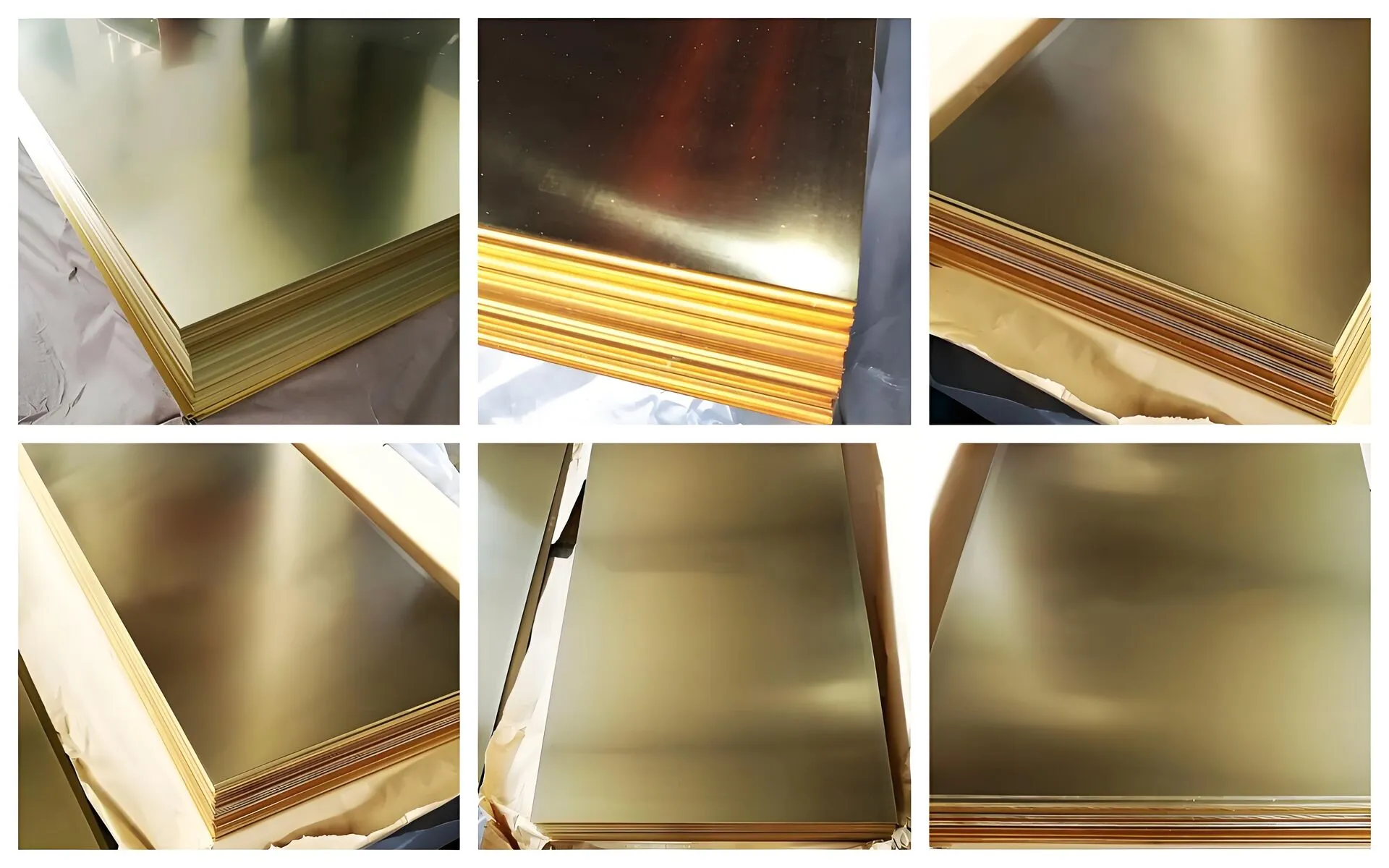
Appearance:
It usually presents a golden yellow metallic color, with a smooth surface and bright luster. Different surface effects can be obtained through various surface treatment processes, such as polishing, brushing, or even antique finishing.
Density:
The density of brass is generally between 8.4-8.7g/cm³. For example, the density of commonly used C26000 brass (65% copper, 35% zinc) is about 8.53g/cm³, which is higher than stainless steel and carbon steel.
Melting point:
The melting point is relatively lower compared to stainless steel, typically ranging from 880-950℃ depending on the specific brass alloy composition. This makes it easier to cast and process at high temperatures.
Coefficient of thermal expansion:
The coefficient of thermal expansion is moderate. In the range of room temperature to 100℃, the coefficient of thermal expansion of brass is approximately 20×10⁻⁶/℃. This property ensures good dimensional stability in environments with temperature fluctuations.
Thermal conductivity:
Brass has excellent thermal conductivity, with a thermal conductivity coefficient of about 109-125W/(m・K). This is significantly higher than stainless steel, making brass suitable for heat exchangers and applications requiring efficient heat transfer.
Electrical conductivity:
Brass exhibits good electrical conductivity, although it is lower than pure copper. The electrical conductivity of brass is approximately 25-30% that of pure copper, making it suitable for electrical components and connectors.
Brass has good corrosion resistance, particularly in atmospheric and freshwater environments. A protective oxide layer forms on its surface, preventing further oxidation. However, in the presence of ammonia, certain acids, or highly corrosive media, brass may suffer from stress corrosion cracking or dezincification. Alloys like C27200 (cartridge brass) are specifically designed for enhanced corrosion resistance.
Brass has moderate oxidation resistance at room temperature but may tarnish over time due to exposure to air and moisture. At elevated temperatures, brass may experience accelerated oxidation, limiting its use in high-temperature environments.
In general chemical environments, brass exhibits good chemical stability and resists reactions with weak acids and alkalis. However, it is not resistant to strong acids (e.g., nitric acid) or ammonia-containing solutions, where it may corrode or degrade.
Unlike stainless steel, brass does not form a passive film naturally. However, it can develop a protective patina over time, which enhances its durability and aesthetic appeal. Surface treatments such as lacquering or electroplating can further improve its corrosion resistance and appearance.

Brass plates are widely used across many industries due to their excellent machinability, corrosion resistance, and attractive appearance. In the field of architecture, they are used to create decorative panels, door handles, and ornamental fixtures. In the plumbing industry, brass plates are fabricated into valves, fittings, and water supply components due to their corrosion resistance and hygienic properties. In electrical engineering, brass plates are used for connectors, terminals, and switches due to their good electrical conductivity. In addition, in the fields of musical instruments, marine hardware, and automotive components, brass plates are indispensable. They are also used in manufacturing heat exchangers, gaskets, and artistic sculptures, adapting well to diverse working environments.
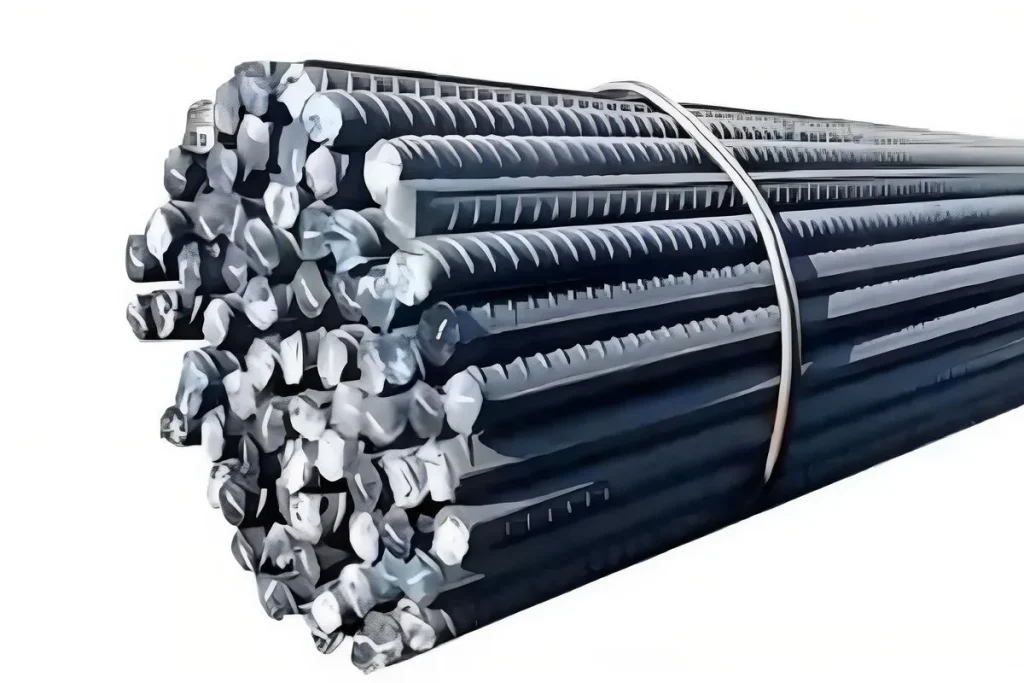
Ultra – high strength and toughness to resist extreme loads and impacts
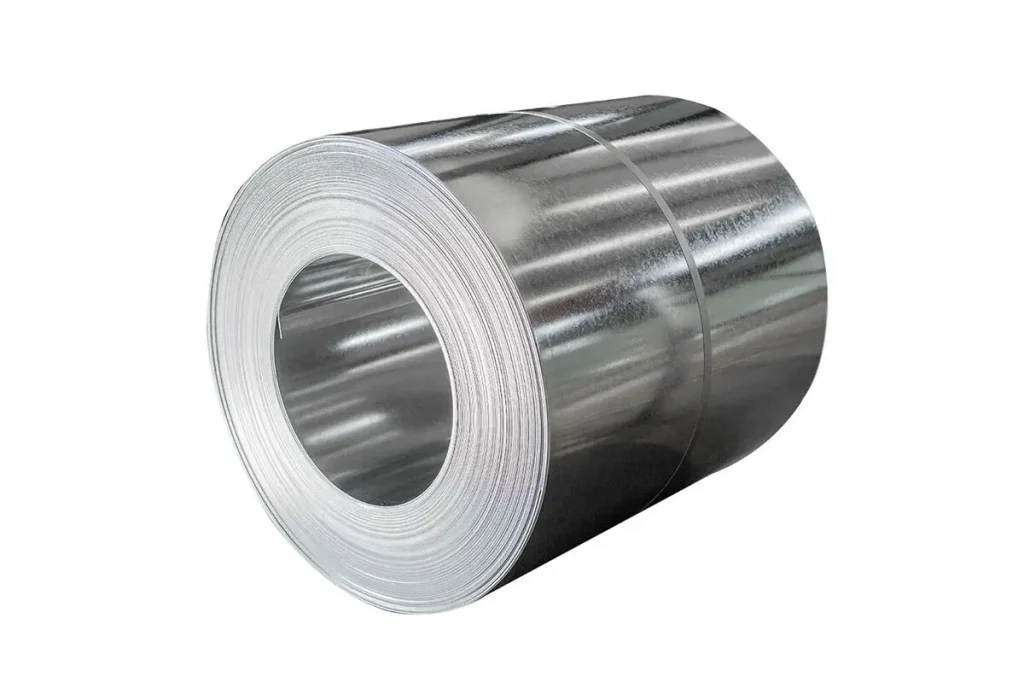
Ultra – high strength and toughness to resist extreme loads and impacts
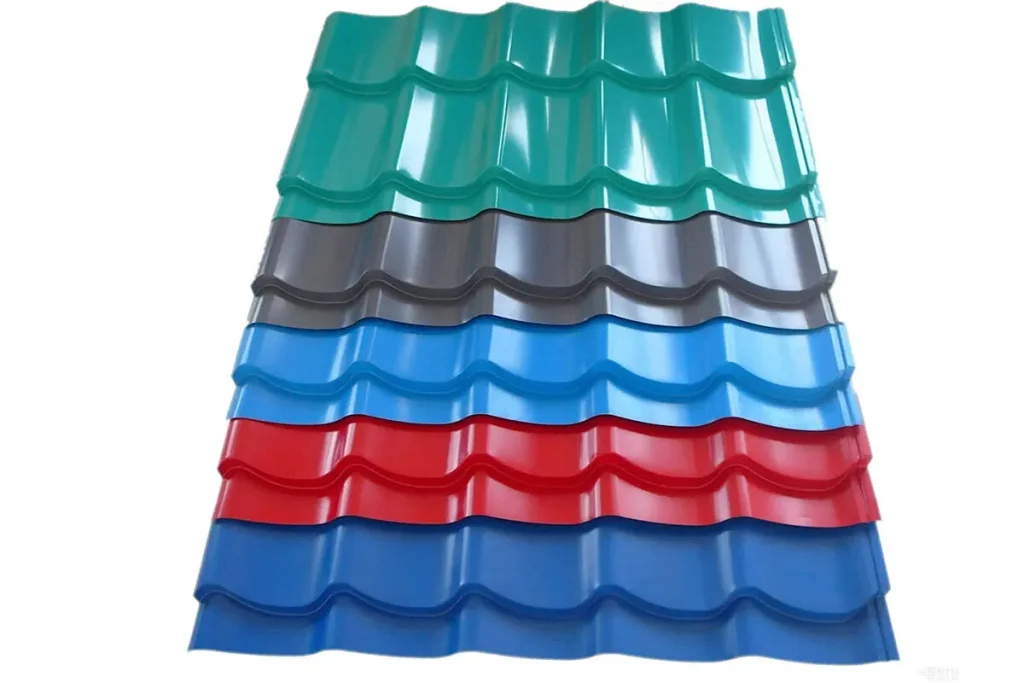
With anti-corrosion treatment, it is weather-resistant and corrosion-resistant, and can serve for a long time.
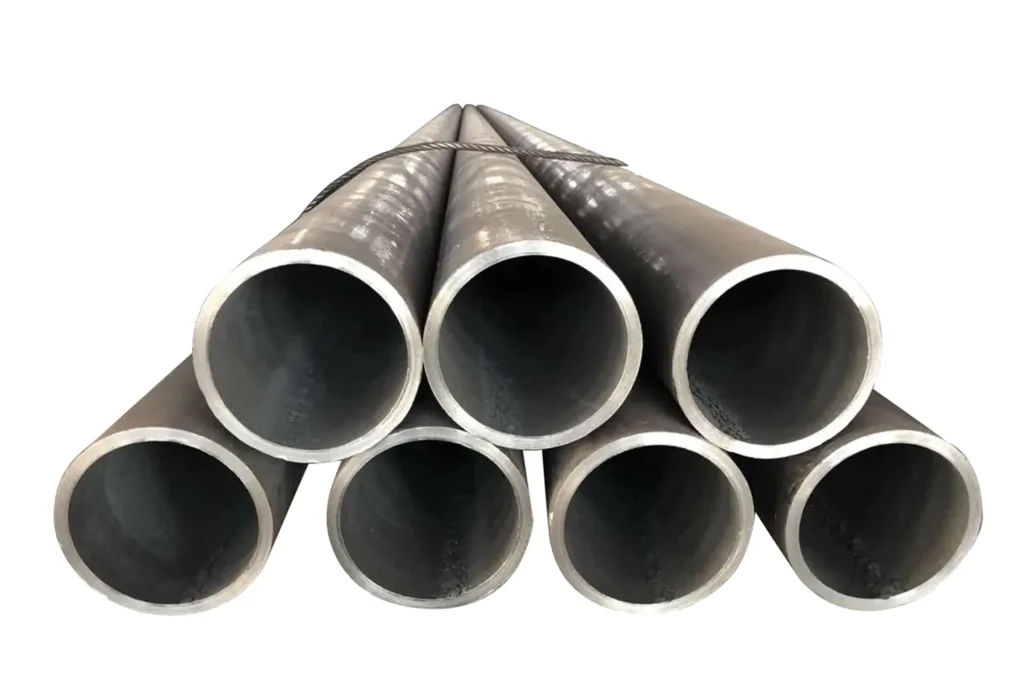
100% recyclable, reusable, low-carbon and consumption-reducing
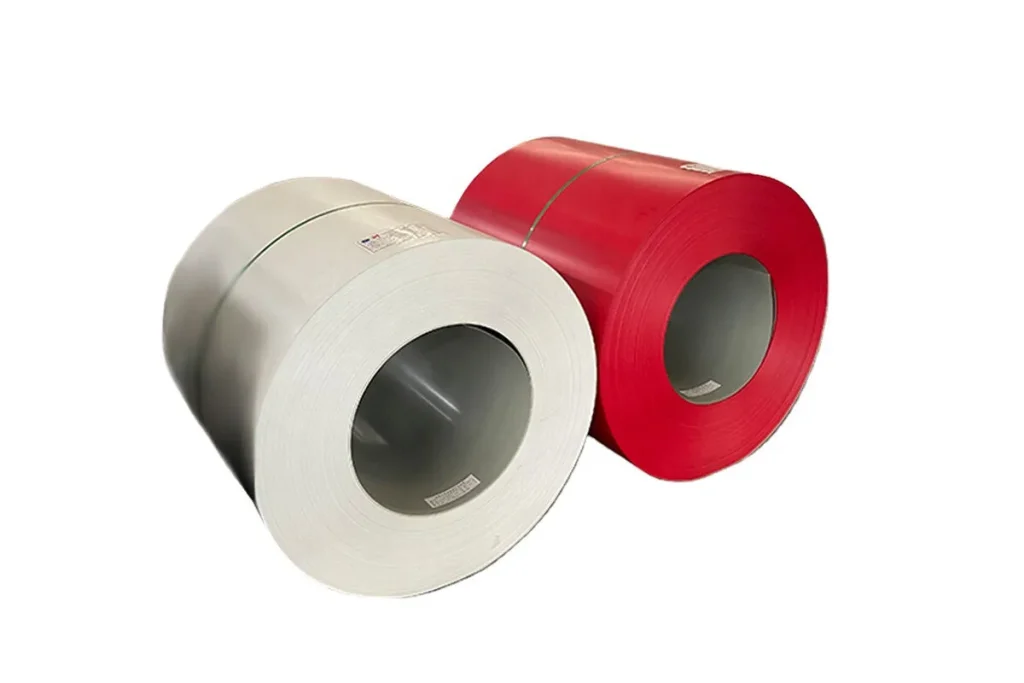
The processing is rapid and precise, and the project is delivered quickly.
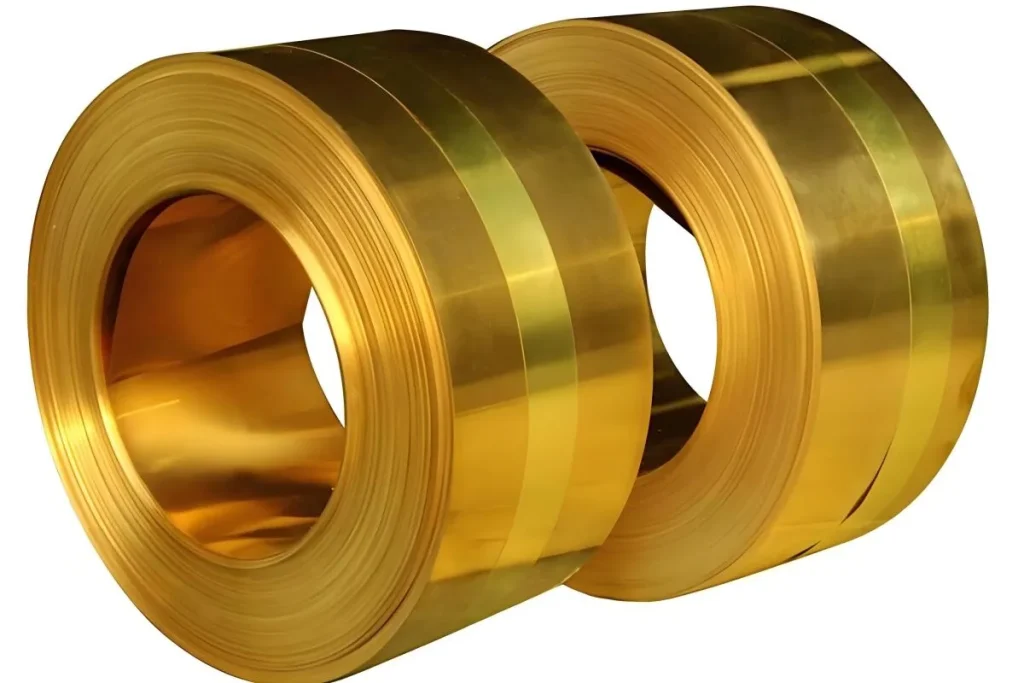
Pass international certifications such as ISO and ASTM, with reliable quality.
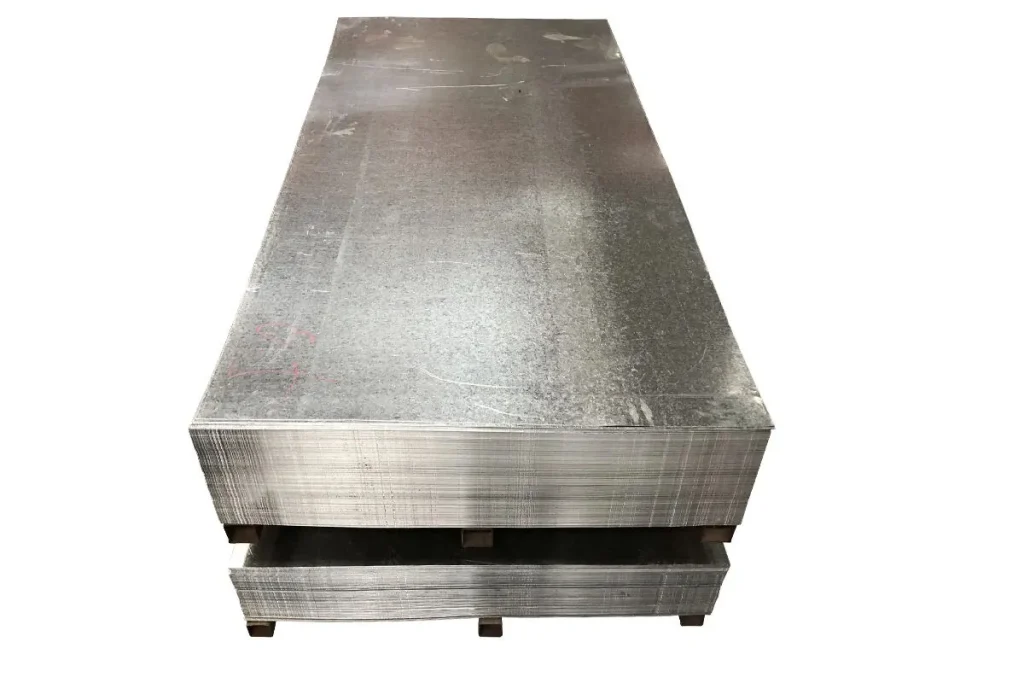
Create exclusive specifications and shapes as needed
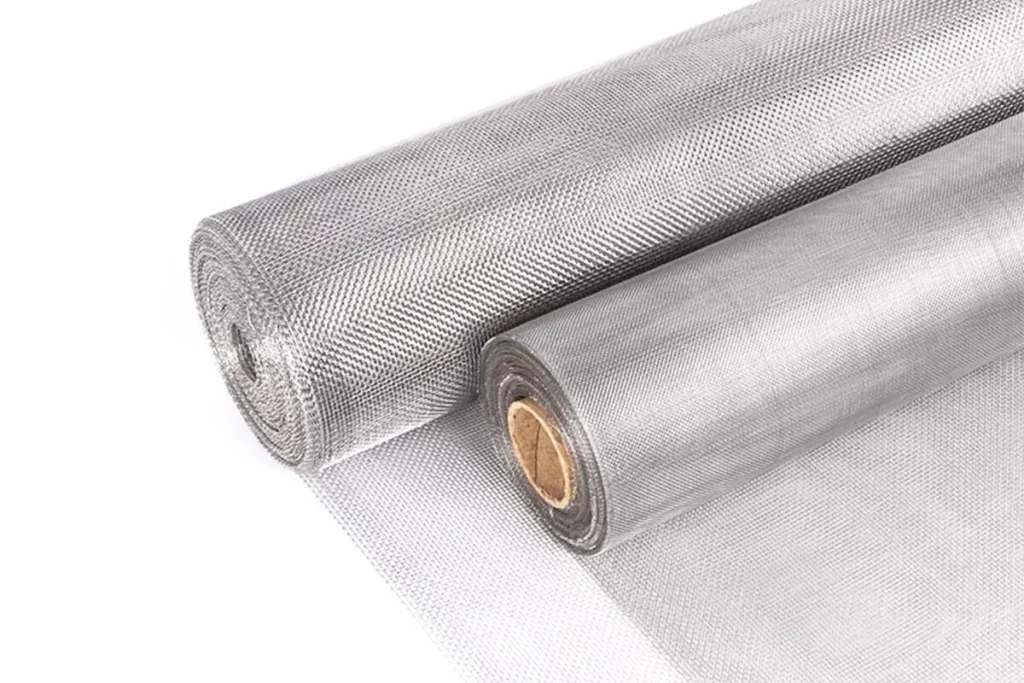
Global service team, providing full – course after – sales technical support
Our factory manufactures a comprehensive array of steel products, including but not limited to, structural beams, steel bars, plates, and coils. We also offer bespoke solutions catering to specific dimensions and compositions as per customer requirements.
Absolutely, all our steel products adhere to international standards and undergo rigorous quality assurance tests. We hold various certifications, including ISO 9001, emphasizing our commitment to quality. Each product batch comes with a certification detailing its grade and compliance standards.
Yes, we are equipped to manage significant order volumes even within constrained timelines, thanks to our advanced operational processes, sizable workforce, and efficient logistics network. However, we always suggest contacting us with specifics as early as possible for the best outcomes.
Sustainability is at the core of our operations. We utilize energy-efficient technologies, recycle scrap material, and follow strict environmental protocols to minimize our ecological footprint. Our commitment extends beyond compliance, aiming for a future-focused, sustainable approach in all we do.
Worker safety is paramount. Our factory complies with all health and safety regulations, providing regular training, enforcing strict on-site protocols, and equipping our staff with advanced safety gear. We believe a safe worker is an empowered worker.
Certainly. We pride ourselves on our capability to provide tailored solutions. Our team of experts collaborates closely with clients to understand their needs, offering custom compositions, cuts, and finishes unique to their project demands.
We manage logistics through trusted partners, ensuring timely and safe deliveries. Customers receive tracking information once orders are dispatched and can monitor their shipment in real-time. Additionally, our customer service team is always on standby to assist.
We stand by the quality of our products. In the rare instance of defects or non-compliance, we have a transparent return or exchange policy. Clients are encouraged to reach out within a specified period after receipt, and we promise a swift, fair resolution in line with our terms and conditions.